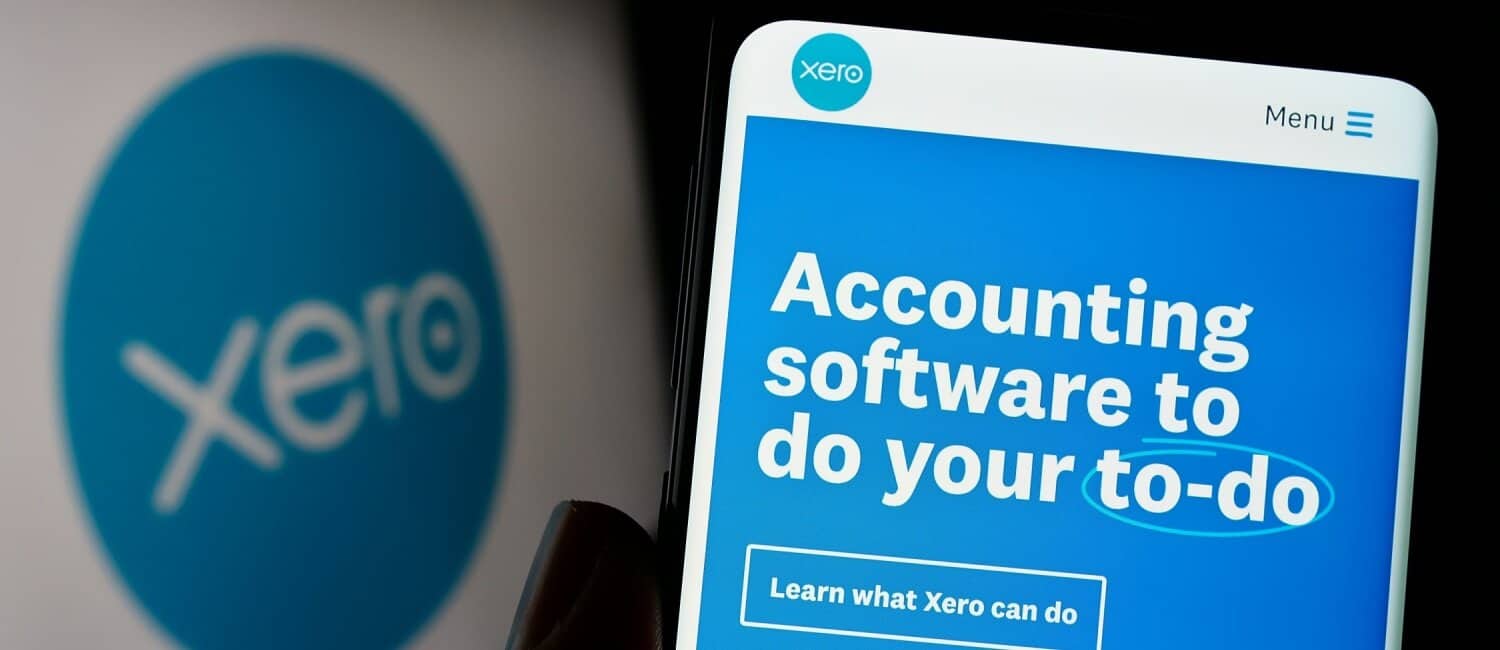Over 3.1 million people in the UK are sole traders, making up 56% of all private sector businesses. And when you include single-director companies and partnerships, nearly 4 in 5 UK businesses operate without any employees at all, according to data from GOV.UK.
Clearly, running a business by yourself is a popular path for entrepreneurs. It offers great benefits, like full control, low overheads, and great flexibility. Plus, with the right tools and mindset, a business run by one person can be just as profitable and scalable as one with a team.
This guide is designed to help you grow a successful business with no employees. We’ll show you how to choose your business model, automate tasks, outsource wisely, and keep your operations lean. We’ll also highlight tools and tips to help you maintain structure and efficiency without ever needing to hire.
Key takeaways
- Over 3 million UK businesses are run by sole traders, proving you don’t need staff to succeed.
- Automation and outsourcing allow one person to manage operations, marketing, finance, and admin efficiently.
- A limited company structure with virtual support services keeps your business professional, compliant, and scalable from day one.
1. Choose a solo-friendly business model
Some businesses are inherently better suited to being run by one person. These models allow for manageable workloads, streamlined decision-making, and easier automation, making them ideal foundations for a business with no employees.
What types of businesses work best without employees?
The best solo business models tend to be low on physical overheads and easy to operate online. Popular options include:
- Service-based businesses: online coaching, copywriting, design, or consultancy
- Subscription services: digital products or memberships that deliver recurring income
- Dropshipping: e-commerce models that don’t require managing stock
- Affiliate content: websites or newsletters monetised through affiliate marketing
- Digital product sales: eBooks, templates, or courses
- Freelance platforms: offering skills directly on Fiverr, Upwork, or similar marketplaces
These models allow founders to build profitable, scalable businesses without hiring. As John Carpenter, Director at Rapid Formations and business development expert, puts it, “If it’s profitable as a freelancer, it can usually scale as a solo business with the right pricing and automation.”
How to validate your business idea before investing
Before diving in, it’s smart to validate your idea with a small-scale test. This will help you gauge demand and get feedback without committing as much money as you would for a full-scale launch.
Here are a few simple options on how to test your business idea:
- Build a one-page website with a clear offer and sign-up form. This way, you can capture interest without the time and cost of building a full website.
- Create a minimum viable product (MVP) to test interest and usability. This could be a single service package, a short course, or a rough version of your product.
- List your service or product on a marketplace like Etsy, Gumroad, or TaskRabbit. These platforms already have built-in audiences, so they’re a quick way to reach potential customers and validate whether people are willing to pay for what you’re offering.
- Ask your network to review your idea or trial your offer in exchange for feedback. Friends and former colleagues can provide honest insights, and may even become your first paying clients.
Early validation reduces risk and helps you refine your business around real customer needs.

2. Use automation and software tools
Without a team, tech becomes your best co-worker. The right digital tools let one person replace the output of an entire department.
Common tasks you should automate from day one
If you’re running a business with no employees, your time is your most valuable asset. Automating repetitive or time-consuming tasks ensures you spend it where it has the most impact.
Here are 5 business functions you should automate as early as possible:
- Invoicing and payments: use accounting software to send, chase, and reconcile invoices automatically
- Email marketing: set up welcome messages, newsletters, and sales campaigns to send automatically
- Social media scheduling: plan your content in advance instead of posting manually every day
- Appointment booking: allow clients or prospects to book meetings via a scheduling tool without the back-and-forth
- Customer FAQs: use AI-based chatbots or help centres to answer common queries instantly
According to a McKinsey survey, two‑thirds of businesses report significant improvements in quality, customer satisfaction, and reduced operating costs after adopting automation, highlighting strong returns on investment beyond just time savings.
Essential UK-friendly tools for solopreneurs
Here’s a list of recommended tools that can help you automate key business functions right from the moment you launch.
| Task | Recommended Tool | Purpose |
| Accounting | Xero | Invoicing, tax returns, and bank sync |
| Project/task management | Trello | Workflows for project tracking |
| Appointment scheduling | Calendly | Auto-book meetings or discovery calls |
| Marketing automation | Mailchimp | Email flows, newsletters |
| Social media scheduling | Buffer | Schedule and analyse social posts |
| Content enhancement | Grammarly | Spelling, tone, and grammar suggestions |
These tools are designed to be user-friendly, affordable, and scalable, making them ideal for solopreneurs who want to work smarter, not harder. By building automation into your business from day one, you set yourself up for sustainable growth without needing to expand your team.
3. Master time management
When running a business alone, time is both your biggest asset and your biggest risk. Without other people setting deadlines and expectations around structured hours, it’s easy to drift, or worse, overwork and burn out. Mastering time management is the key to working sustainably and productively as a solopreneur.
Top time management methods for one-person businesses
The best solopreneurs work with structure. Here are 4 effective systems that can help you take control of your time:
- Time blocking: divide your day into dedicated blocks for deep work, admin, client calls, and breaks. This prevents task-switching and builds a routine.
- Pomodoro technique: work in 25-minute sprints followed by short breaks. It’s a simple, effective way to stay focused.
- Batch tasking: group similar tasks (like emails or content creation) into one block of time to reduce mental fatigue.
- Weekly planning with focus days: stay on top of recurring work by assigning each day of the week a specific theme or area of focus, such as ‘marketing Mondays’ or ‘finance Fridays’.
Create repeatable systems for recurring tasks
As a business of one, you need to be your own manager. That means building out systems to help you maintain standards. Whenever you find yourself repeating the same task more than twice, write it down step-by-step. This might include:
- A playbook for onboarding new clients
- A monthly invoicing checklist
- A process for publishing new blog posts
Create a folder of documents that act as your operations manual. This will make it easier to stay consistent. It also gives you the option to hand things over to freelancers if needed.
As Amelia French, Rapid Formations’ Director of Operations, says: “Time discipline is the most underrated asset of successful solopreneurs. Without meetings and team check-ins, you either create your own structure or risk falling behind.”
By building a framework around your time, you free yourself from decision fatigue and create more space to grow your business with intention.

4. Outsource to experts, not employees
Running a business on your own doesn’t mean doing everything yourself. It means being selective about where your time goes and knowing when to bring in outside expertise.
Tasks best suited to freelance or contract-based help
Some areas of your business are not worth learning from scratch, especially if they require specialist knowledge. Instead of hiring employees, you can outsource these tasks to freelancers on a one-off or recurring basis.
Common areas to outsource include:
- Logo and brand design
- Web development
- Copywriting and SEO
- Monthly bookkeeping and VAT returns
- Company secretarial work – instead of hiring admin support, use on-demand services like the Rapid Formations Full Company Secretary Service to stay on top of filings and records
The benefit of outsourcing is flexibility. You only pay for what you need, when you need it. And the cost is often far lower than bringing someone on payroll. For example, while the average UK salary for a full-time graphic designer is around £32,000 according to Indeed, a professionally designed logo might cost £300 as a one-off project.
Freelance platforms like Upwork, Fiverr, and PeoplePerHour can help you find the right talent quickly. Or you can work with trusted providers like Rapid Formations to cover essential admin and compliance tasks without ever hiring.
5. Keep your costs lean and structure smart
One of the biggest advantages of running a business with no employees is the ability to keep overheads low. Without salaries or office leases tying you down, you’re in a strong position to generate profit from the very beginning. But it’s still important to be strategic with how you spend and how you structure your business.
Working remotely without image or professionalism loss
Many solopreneurs work from home to reduce costs, and with the right setup, it doesn’t have to compromise your professional image. In fact, it can open up significant savings and operational advantages.
If you’re using your home as your office, you may be able to claim a portion of your rent or mortgage, council tax, utilities, and broadband as business expenses. This can significantly reduce your taxable income. Check out our blog on working from home expenses for limited companies or read GOV.UK guidance on what’s allowable. Hiring an accountant can help ensure you’re claiming everything you’re entitled to.
To present a polished business without renting a physical office, you can use a virtual office service. Rapid Formations offers affordable professional mail forwarding and address services, allowing you to:
- Keep your home address private
- Maintain credibility with a prestigious official central London location
- Receive official correspondence securely and promptly
And when it comes to business structure, forming a limited company can offer additional benefits. It separates your personal and business finances, provides greater legal protection, and can open up tax planning opportunities as your income grows.
Start today – you don’t need a team to build something great
Yes, you can run and grow a thriving business with no employees. With the right tools, structure, and mindset, a one-person operation can compete with and outpace far larger companies, often with greater speed, efficiency, and freedom.
When you’re ready to take the next step, make sure your business is set up for success from day one. At Rapid Formations, we help solopreneurs register limited companies, protect their privacy with virtual addresses, and easily meet their compliance obligations.
Take the first step confidently. When built correctly, a business run by one person can go just as far as any team.
Explore our company formation packages, learn more about our virtual office address services, or read our guide on sole trader vs limited company to choose the best structure for your journey.
Thank you for reading, and leave a comment below if you have any questions on solopreneurship.
Please note that the information provided in this article is for general informational purposes only and does not constitute legal, tax, or professional advice. While our aim is that the content is accurate and up to date, it should not be relied upon as a substitute for tailored advice from qualified professionals. We strongly recommend that you seek independent legal and tax advice specific to your circumstances before acting on any information contained in this article. We accept no responsibility or liability for any loss or damage that may result from your reliance on the information provided in this article. Use of the information contained in this article is entirely at your own risk.












Join The Discussion
Comments (2)
This is an excellent article and will prove to be helpful to Small business accounting UK
Hi David,
Thank you for your kind comment.
We are so pleased that you enjoyed the recent article.
Kind regards,
The Rapid Formtaions Team